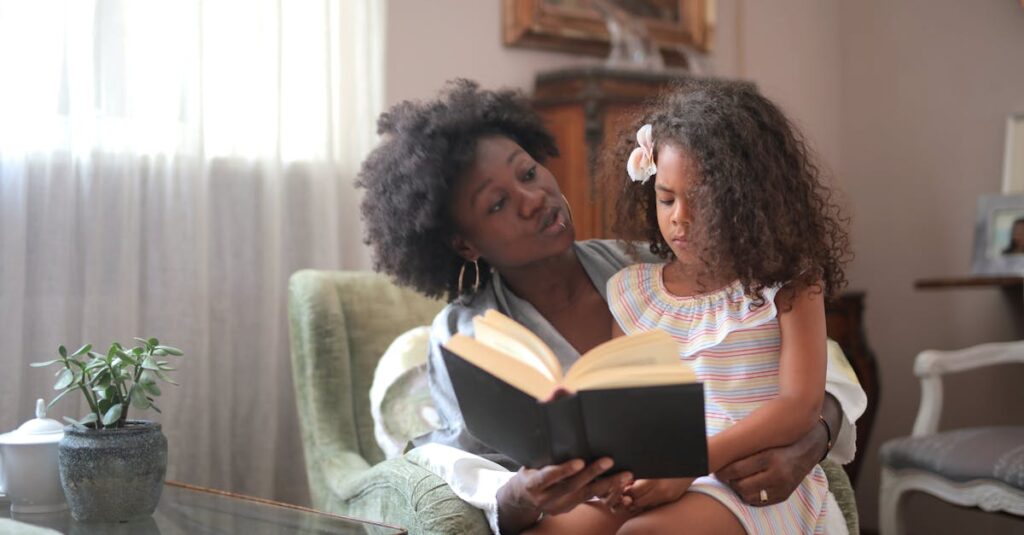Why Teaching Prayer Matters
Prayer is a beautiful way to teach empathy and compassion to preschoolers. By encouraging them to pray for others, kids learn that they can impact the world.
It’s important to show them how prayer is not just a wish list for toys but a way to care for others. When children see prayer as a tool to help, it empowers them. It’s like giving them a superhero cape!
This lesson deepens their understanding of empathy, an essential life skill. As parents, introducing prayer early builds a foundation for compassion. It connects children with a sense of community and belonging.
Incorporating prayer into daily life can lead to:
- Enhanced emotional intelligence
- Stronger relationships with peers
- A greater sense of responsibility towards others
Make Prayer a Playful Experience
Children love to play, and prayer can be an exciting adventure. By transforming prayer into a fun activity, kids become more engaged. Here are some ideas to make prayer playful:
- Imaginative Role-Play: Ask them to pretend they’re superheroes, praying for those in need.
- Creative Crafts: Children can enjoy drawing or making crafts as prayers.
These activities channel their creativity and make prayer tangible. While playing, they form connections between their actions and their impact. Encouraging fun in prayer fosters a lasting interest and shapes how they understand and interact with the world positively.
Stories that Inspire Little Hearts
Storytelling has a magical effect on young minds. Share tales of how prayers have helped others and made changes in lives. Choose stories with vibrant characters and relatable plots. Perhaps a little bird learns to pray for a storm to pass, or a bear who prays for his hibernating friends.
These stories open worlds where prayer is a powerful tool. It lets kids visualize and personalize their prayer intentions. By associating prayer with storytelling, children see its impact more clearly. It plants seeds of hope and understanding in their developing hearts.
Embrace Creativity in Prayer
Encouraging kids to embrace creativity in prayer opens endless possibilities. Let them draw or sing their prayers. Imagine a prayer as a song or as colors they paint. This approach not only makes prayer fun but also deeply personal.
Creative expression allows children to translate emotions into tangible forms. Kids often lack words to express complex feelings, but creativity unlocks these emotions. This process helps them understand and articulate their prayers.
Allow kids to shape their own prayer habits, developing a unique spiritual perspective.
Encouraging a creative approach to prayer can nurture children’s spirituality and help them express themselves in a way that feels natural and comfortable.
Guide Them Through Big Feelings
Preschoolers experience big feelings but may struggle to articulate them. Walking them through these emotions with prayer can be empowering.
Use prayer to talk about their feelings and those of others. Ask guiding questions like, “How would you feel if someone couldn’t find food?” Helping children verbalize emotions fosters empathy and caring.
Prayer then becomes a dialogue, a safe space to explore their inner world. By discussing other people’s situations, children learn to extend their compassion beyond the family. This practice grows a deeper emotional intelligence.
Create a Family Prayer Routine
A family prayer routine is valuable, giving kids something to look forward to each day. Make it a peaceful time when everyone gathers together, perhaps before bedtime. Keep it simple and consistent.
Encourage children to voice their prayers, making them active participants. They feel valued and heard when contributing, strengthening family bonds. This habit also sets a precedent of united support within family dynamics. Over time, the routine reinforces prayer’s importance and nurturing role.
It embeds a loving, supportive culture within the family unit.
Invite Your Child’s Thoughts
Involve your preschooler by asking what concerns them. Listen earnestly to their thoughts about who needs prayers. This interaction fosters engagement and reinforces that their voice matters.
Discuss why those prayers are important, linking empathy with intentionality. Often, children surprise us with their insights and concerns—encourage it. This dialogue nurtures their spiritual growth and sense of community.
Use their thoughts as teachable moments to dive deeper into compassion. This practice showcases that prayer is not just about asking but also about understanding.

